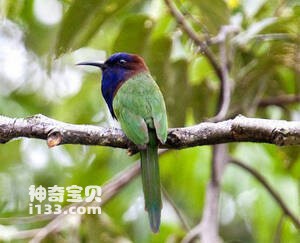
Meropogon forsten
Meropogon forsten,Purple-bearded Bee-eater
Bearded bee-eaters are known as Meropogon forsten, Purple-bearded Bee-eater,···
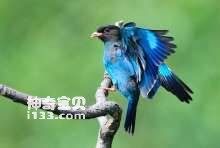
Uratelornis chimaera
Uratelornis chimaera,Long-tailed Ground Roller
The bird's scientific name is Uratelornis chimaera, and its foreign name···
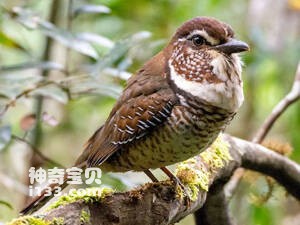
Brachypteracias leptosomus
Brachypteracias leptosomus,Short-legged Ground Roller
Brachypteracias leptosomus, Short-legged Ground Roller, is unknown.Protect w···
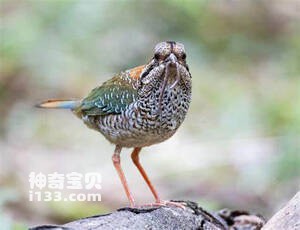
Brachypteracias squamigera
Brachypteracias squamigera,Scaly Ground Roller
Brachypteracias squamigera, Scaly Ground Roller, is unknown.Protect wild ani···
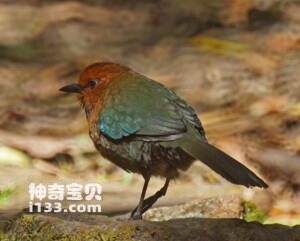
Atelornis crossleyi
Atelornis crossleyi,Rufous-headed Ground Roller
Its scientific name is Atelornis crossleyi and its foreign name is Rufous-he···
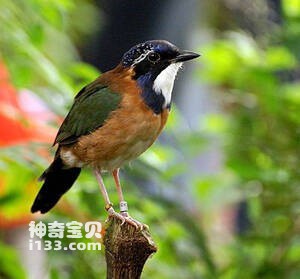
Atelornis pittoides
Atelornis pittoides,Pitta-like Ground Roller
The bird's scientific name is Atelornis pittoides, and its foreign name ···
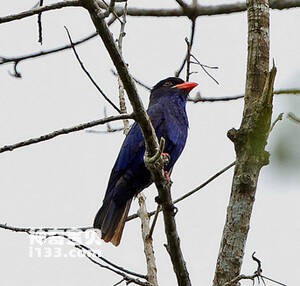
Eurystomus azureus
Eurystomus azureus,Purple Roller
The bird's scientific name is Eurystomus azureus, the foreign name is Pu···
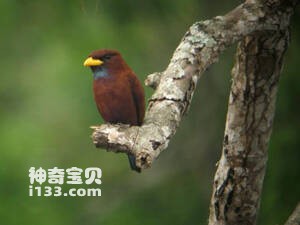
Eurystomus gularis
Eurystomus gularis,Blue-throated Roller
Eurystomus gularis, also known as Blue-throated Roller, is unknown.Listed in···
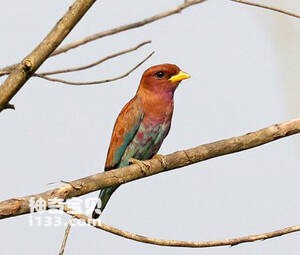
Eurystomus glaucurus
Eurystomus glaucurus,Broad-billed Roller
Eurystomus glaucurus, also known as Broad-billed Roller, is a brown three-bi···
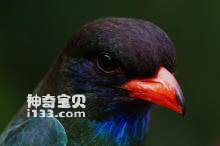
Eurystomus orientalis Linnaeus
Eurystomus orientalis Linnaeus,Broad-billed Roller,Oriental Dollarbird
Eurystomus orientalis Linnaeus, Broad-billed Roller, Oriental Dollarbird, sp···
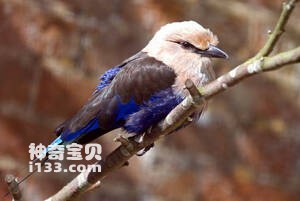
Coracias cyanogaster
Coracias cyanogaster,Blue-bellied Roller
Blue-bellied Buddhist monk scientific name Coracias cyanogaster, foreign nam···
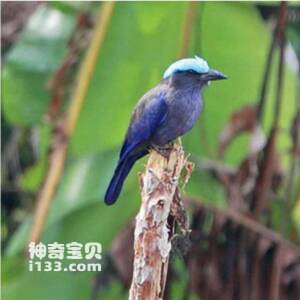
Coracias temminckii
Coracias temminckii,Purple-winged Roller
The scientific name of the Purple winged monk is Coracias temminckii, and th···
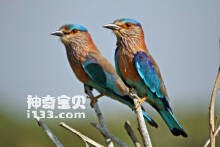
Coracias benghalensis
Coracias benghalensis,Indian Roller
Coracias benghalensis, Indian Roller, is unknown.Brown-chest Buddhas often l···
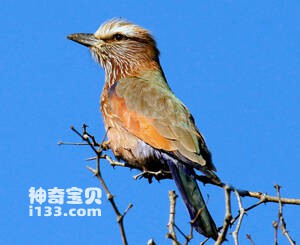
Coracias naevius
Coracias naevius,Purple Roller
Coracias naevius is the scientific name of the red-crowned Dharma monk, the ···
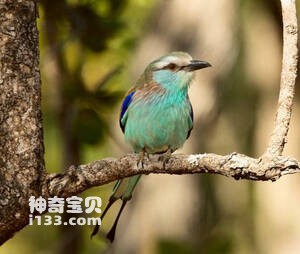
Coracias spatulatus
Coracias spatulatus,Racket-tailed Roller
The wide-tailed monk's scientific name is Coracias spatulatus, the forei···
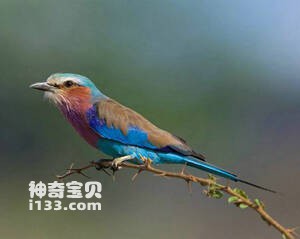
Coracias caudatus
Coracias caudatus,Lilac-breasted Roller
Coracias caudatus and Lilac-breasted Roller are unknown.Purple chest Buddhas···
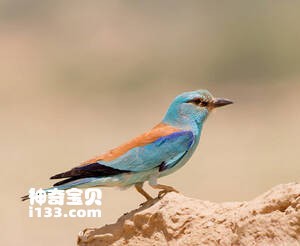
Coracias abyssinicus
Coracias abyssinicus,Abyssinian Roller
The blue-throated monk's scientific name is Coracias abyssinicus and for···
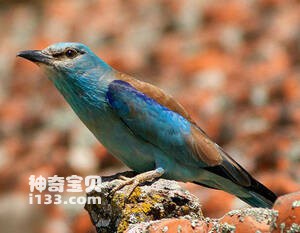
Coracias garrulus
Coracias garrulus,European Roller
The blue-chested Buddhist monk is known as Coracias garrulus or European Rol···
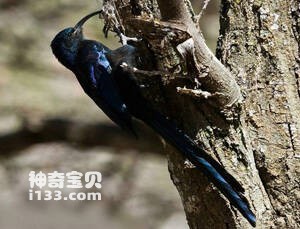
Rhinopomastus minor
Rhinopomastus minor,Abyssinian Scimitarbill
Rhinopomastus minor, Abyssinian Scimitarbill, is unknown.Protect wild animal···
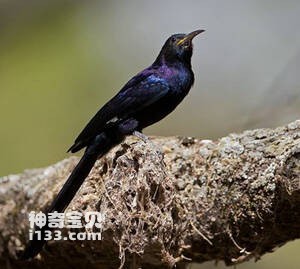
Rhinopomastus aterrimus
Rhinopomastus aterrimus,Black Scimitarbill
The Black Scimitarbill is Rhinopomastus aterrimus and black scimitarbill.Pro···
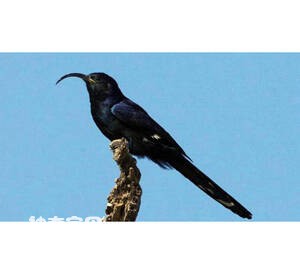
Rhinopomastus cyanomelas
Rhinopomastus cyanomelas,Common Scimitarbill
Rhinopomastus cyanomelas and Common Scimitarbill are unknown.Protect wild an···
